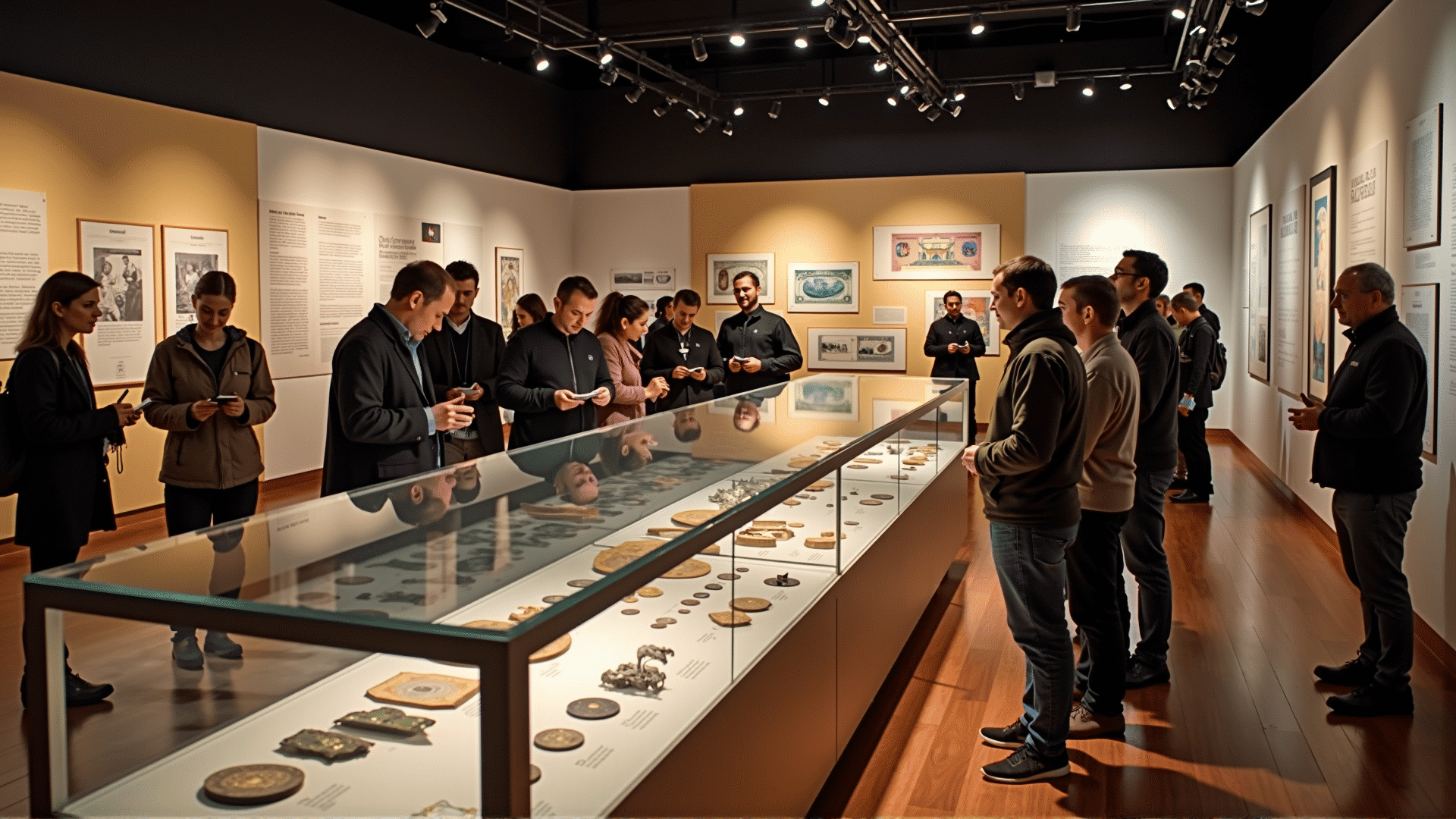Throughout human history, the concept of money has evolved significantly, guiding the development of societies and economic systems. From bartering to digital transactions, the journey of monetary systems offers a fascinating insight into how humans have organized trade and commerce over the millennia.
In the early days, societies relied on bartering as a primary mode of exchange. People traded goods and services directly; for example, a farmer might exchange grain for livestock from a herder. While effective in small, close-knit communities, bartering presented limitations when needing precise value exchanges, which would later inspire the creation of money.
The first major breakthrough came with the introduction of commodity money—items with intrinsic value, such as gold, silver, and copper. This form of money simplified trade and allowed communities to standardize value, making transactions across distances and cultures more feasible. With time, coins were minted, presenting an even more efficient and durable tool for exchange.
As societies grew more sophisticated, so did their monetary systems. The introduction of paper currency marked a significant transition, serving as a more convenient alternative to heavy coins. Originating in China during the Tang and Song Dynasties, paper currency eventually spread westward, influencing global trade networks.
Moving into the modern era, the gold standard became a central pillar for many economies. Under this system, the value of a country's currency was directly linked to a specific amount of gold, providing stability and fostering international trade. However, during the 20th century, many nations gradually abandoned the gold standard, allowing for more flexible monetary policies.
Today, money continues to evolve, largely driven by technological advancements. Digital transactions and electronic banking have transformed how people interact with money, offering unparalleled convenience and efficiency. Advancements such as contactless payments, online funds transactions, and mobile banking platforms have simplified how individuals conduct daily exchanges.
The rise of electronic monetary systems has influenced not only personal practices but also national economic policies. Central banks now focus on managing economies through complex algorithms and data analytics, responding to both global trends and local market conditions. The need for physical currency diminishes as digital solutions become the norm, affecting how future generations will perceive and use money.
Understanding this historical context grants individuals a better grasp of the economic environment in which they navigate today. By observing how money has transformed over time, individuals can appreciate the complexities of modern economies and be more informed in their economic interactions.
As we look to the future, the evolution of money promises to maintain its relentless pace, driven by technology and innovation. Exploring these developments helps individuals and societies adapt, ensuring that regardless of the form it takes, money continues to serve its fundamental purpose: facilitating exchange in an ever-changing world.
